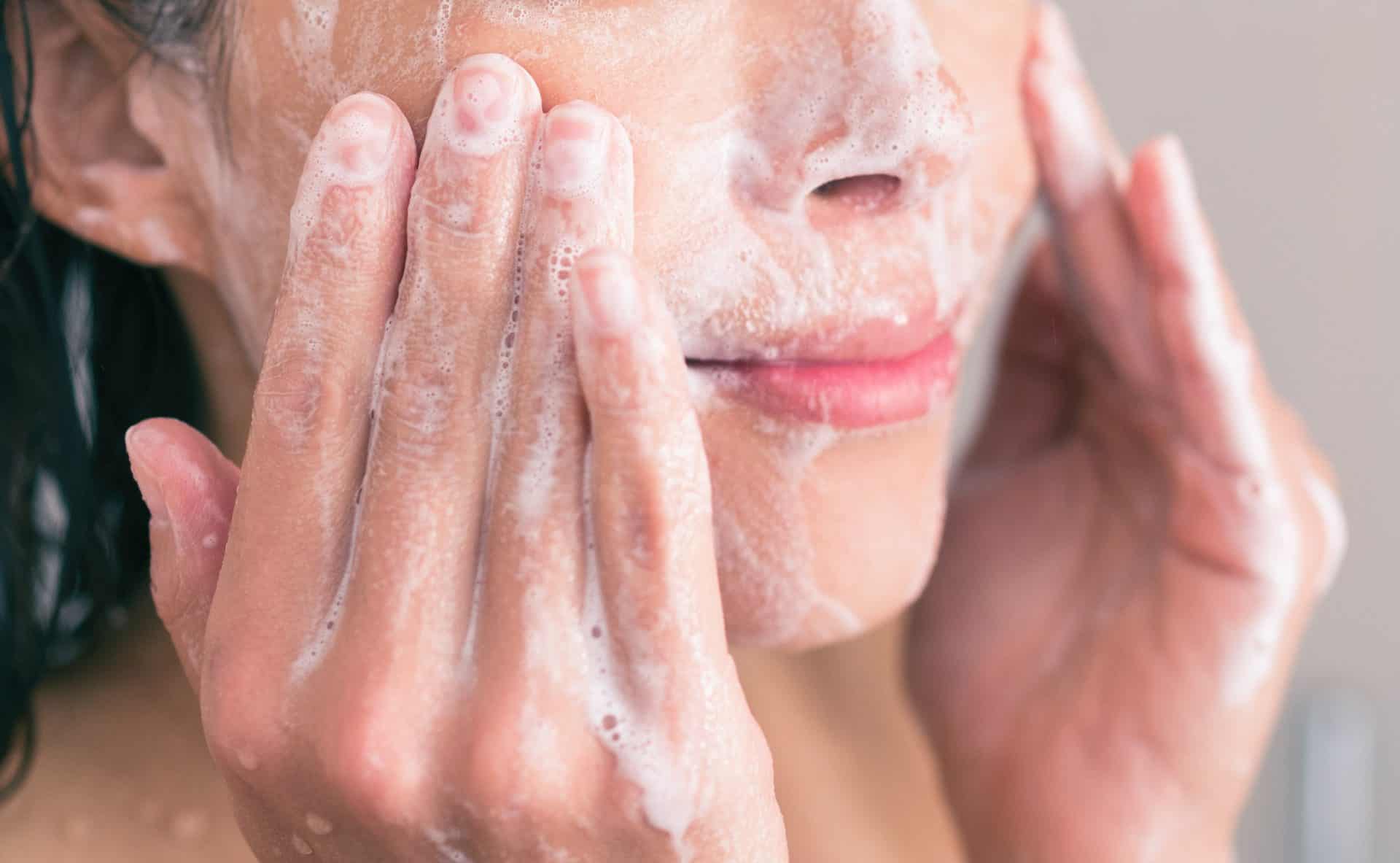AHAs, BHAs and PHAs
You’ve probably heard that some acids found in your skincare are good for your skin and you may recognise these acronyms: AHAs, BHAs and PHAs. How do you differentiate them and what they are good for?
One thing in common between these acids is that they are formulated as chemical exfoliants for your skin. That is, they work at and remove the topmost layer of old skin cells without the physical aspect (or the scrubbing feeling) usually associated with exfoliating. This helps make way for newer, younger skin layers below, helping your skin look younger and more radiant. So, what differentiates them and what are their individual purposes?
AHAs (Alpha Hydroxy Acid)
[caption id="attachment_2951" align="aligncenter" width="749"] Lactic acid, a type of AHA, is sourced from dairy products.[/caption]
Lactic acid, a type of AHA, is sourced from dairy products.[/caption]
AHAs are water-soluble acids. They exfoliate at different degrees, but they help to stimulate the cell regeneration process and help smooth out fine lines and wrinkles. By removing the older skin cells, AHAs also help with alleviating acne scarring and mild pigmentation. AHAs also help your skin lock in moisture and keep your skin hydrated.
However, be careful when using AHAs in high concentrations. It may cause tingling sensations, slight burning and temporary redness, especially if you have sensitive skin. We recommend that you conduct a patch test of your products on your skin to check your skin’s reactiveness on these acids before you go all in.
Some examples of AHAs include glycolic acid, lactic acid, mandelic acid and citric acid.
BHAs (Beta Hydroxy Acid)
[caption id="attachment_2951" align="aligncenter" width="749"] Salicylic acid is often sourced from willow trees bark.[/caption]
Salicylic acid is often sourced from willow trees bark.[/caption]
Within skincare, the main ingredient of BHA is salicylic acid. Unlike AHAs, BHAs are smaller in molecule size and are oil-soluble. As such, BHAs are able to penetrate deeper into your pores and wash out the excess sebum and oils found on your skin, which in turn can decrease the look of enlarged pores and clear out blackheads. They are great for dealing with acne and minimising pores as well due to this reason.
BHAs at low concentrations (below 2%) are also safe for pregnant women to use in their skincare. If you’re facing pesky acne due to a surge of hormones, incorporating BHAs in your cleansing or exfoliation stages can be helpful.
But, salicylic acid is not the best choice if you have really dry skin or if you’re taking certain medications because it can give rise to irritation. You may also be more prone to skin conditions if you overuse them.
PHA (Poly Hydroxy Acid)
PHAs are a group of acids that work their magic slowly. Having a larger molecule structure than AHA, it penetrates the skin slowly and as a result, are milder exfoliators than AHAs or BHAs. They also help lock in moisture and keep your skin hydrated. Unlike AHAs, PHA does not make your skin more prone to sunlight so you may use them without sunscreen. PHAs are also safe for pregnant and breastfeeding women due to their low acidity and big molecule structure that doesn’t allow them to penetrate the skin easily.
But, no matter how gentle PHAs are, you still need to exercise caution when introducing them to your skincare routine to minimise skin irritation. A good way is to put your products with AHA, BHA and PHA in rotation; use one with your morning routine, then the other in your night routine.
Another thing to note is that certain PHAs (like gluconolactone or lactobionic acid) may not be suitable if you have open wounds or skin infections. Do check with your doctor if you are unsure if you can use these exfoliants or if your products contain such acids.
AHAs, BHAs and PHAs
With that, we’ve rounded up the three main acid exfoliants! While the most effective method of exfoliation is to incorporate all types of acids into your exfoliation stage, too much or too high a concentration of these acids may cause adverse effects on your skin. It’s best to check with your doctor or specialist if your skin is compatible with any of these acids and how to use them effectively on your skin.
If you're looking to include exfoliating acids into your skincare routine, Caring Skin's Gentle Exfoliator and Daily Exfoliant 2% BHA could be the ones that fit the missing role. Gentle Exfoliator combines both benefits of physical and chemical exfoliation in one. It contains a careful balance of AHAs and BHAs for effective surface and deep cleansing of your skin. Plus, when paired with the biodegradable Jojoba beads and grapefruit peel and orange peel oils for their antioxidant properties, your skin can also feel more protected and much smoother.
Daily Exfoliant 2% BHA is just as the bottle says; containing 2% salicylic acid and a range of powerful yet gentle cleansing ingredients that leaves your skin feeling smoother, less congested and more hydrated! This non-abrasive liquid exfoliant is capable of exfoliating the gunk out of your pores and is also formulated with antioxidants and anti-inflammatory ingredients to soothe, protect and moisturise your skin.
Also, exfoliating may make your skin more sensitive to the sun’s rays. In fact, you’re always being exposed to harmful UV rays, be it from the surroundings or your electronic devices. To keep your skin safe and healthy, we recommend to include sunscreen as the final step to your routine. If you’re looking for a lightweight and cast-free sunscreen with vitamins and antioxidants to keep your skin hydrated and vitalised, Caring Skin Antioxidant SunProtector SPF 30 has checks on all boxes!







